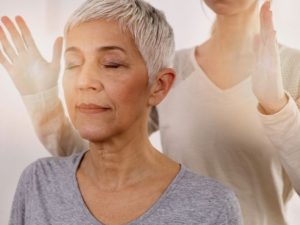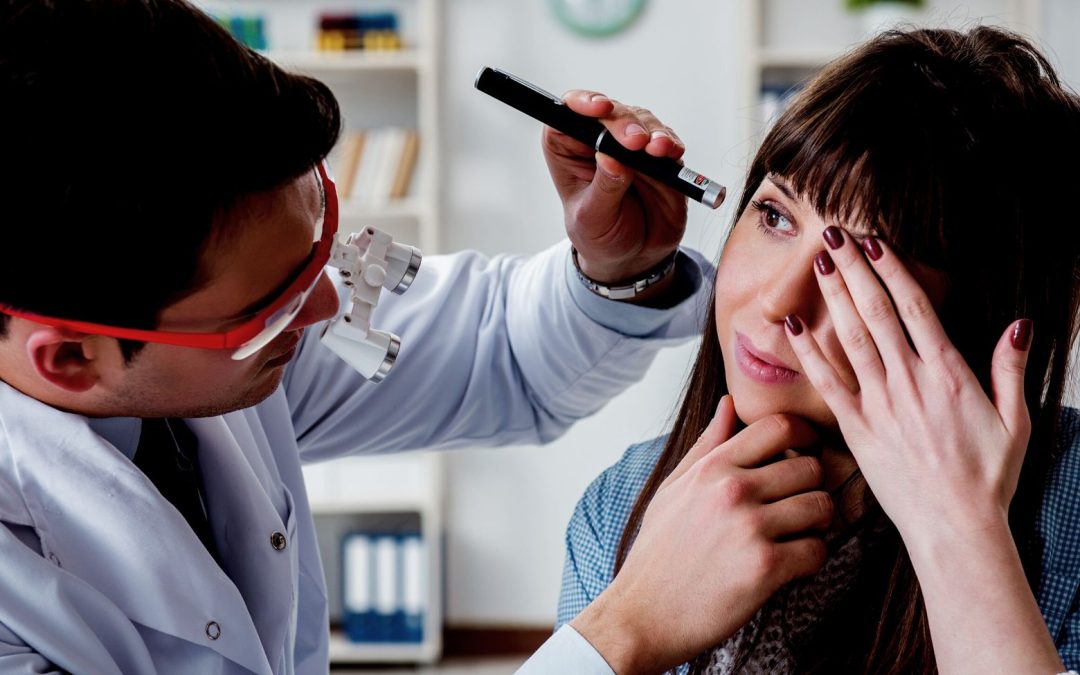Understanding The Components
In this model, the individual or group is considered a unique and open system. Each individual is a dynamic, constant energy, that changes with the surrounding environment.
According to Neuman’s model, the environment can be categorized by internal, external, and created environments. The stressors in one’s life affect the patient’s line of defense and each patient typically has a normal response to environmental stressors. The human being is a basic structure surrounded by successive rings as a system.
If the system is not sufficiently protected by the flexible rings of defense, any stressor may pass through the normal ring of defense and create a reaction in the individual. If there is a deviation in this line of defense, resistance can be found by the patient.
The important role of nurses in this model is to take prevention in the primary, secondary, and tertiary levels in order to help the patient move towards reconstitution.
Guiding Principles of Neuman Systems Model
- Primary prevention – uses inpatient assessments and interventions, identification, and reduction of possible risk factors
- Secondary prevention – relates to symptoms noted after a reaction to stressors, appropriate prioritizing of interventions, and treatments to help reduce the stressors
- Tertiary prevention – relates to adjustment processes and maintaining factors that assist the patients toward primary prevention of the stressors
A patient who experiences work-related stressors may exhibit the following stressors at different levels.
At the primary level, the actual stressor has not yet invaded the system (patient) and stress management is being maintained by relaxation and anger management techniques.
Secondary prevention takes place after the system (patient) has reacted to an invading stressor and can include medication to treat the symptoms, if needed, and opportunities for the patient to verbalize feelings and concerns.
Tertiary prevention includes a re-assessment of the patient’s ability to perform independently and maintain one’s support system. With the focus of this model being based on individual uniqueness and many known and unknown universal stressors that can cause instability for those affected, the model can be used with various populations.
The Variables
In dealing with patients under this model, the patient is viewed holistically and the following variables must be considered:
- Physiological variables – relates to the structure and function of the body
- Psychological variables – refers to the mental processes and relationships
- Sociocultural variables – deals with system functions that are related to cultural and social expectations
- Developmental variables – relates to processes involving one’s development over the patient’s lifespan
- Spiritual variables – refers to the influence of spiritual beliefs in one’s life







